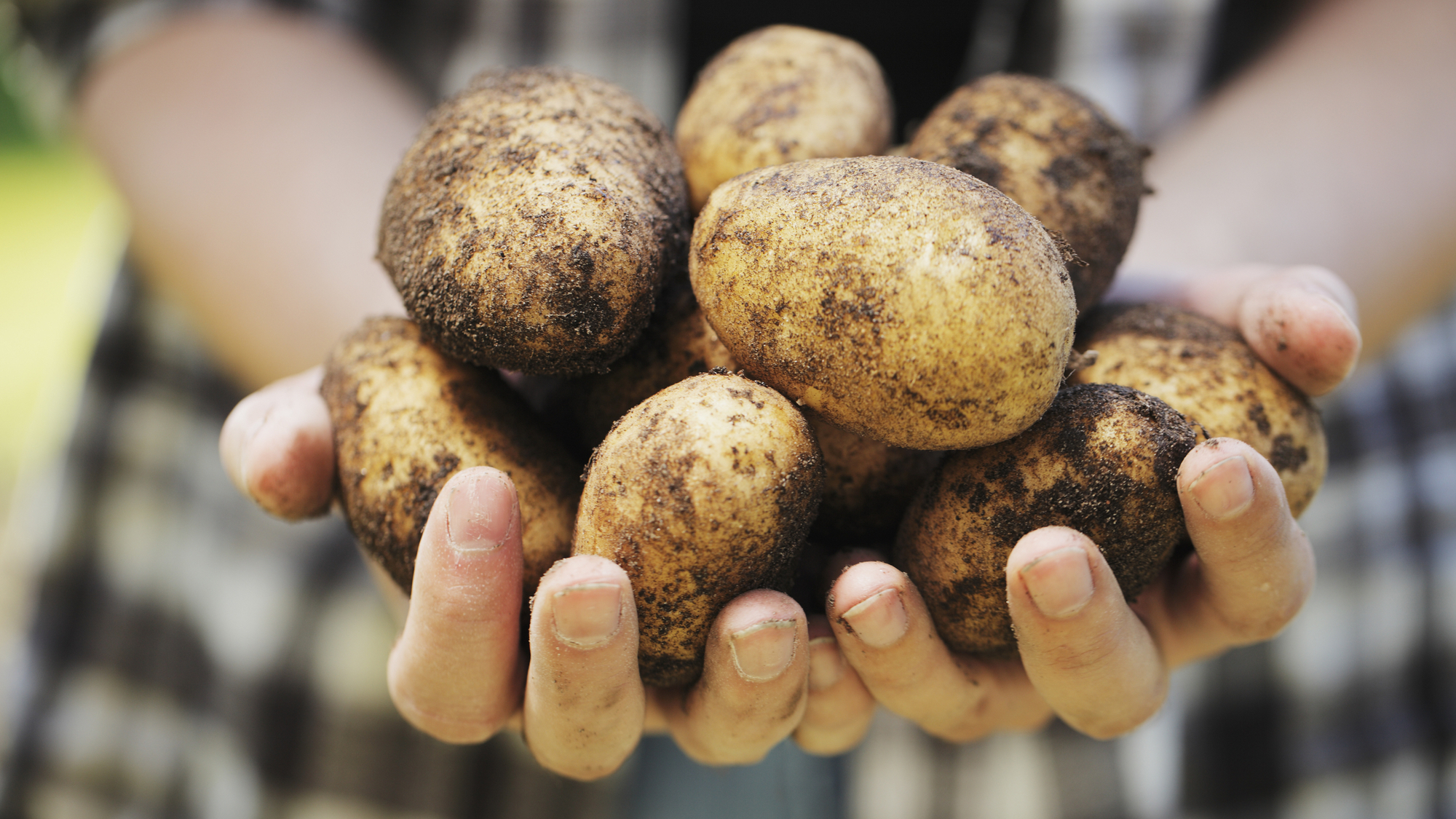

Even if humans may not arrive on Mars for (at least) a decade or two, when they do get there, they’ll have to procure shelter of some kind. To help towards that end, researchers from the University of Manchester in England have developed a new building material for future visitors to Mars that is twice as strong as traditional concrete and primarily composed of just potato starch, a bit of salt, and Martian dirt. It’s even already got a solid name to boot: StarCrete.
Judging by what is known about the environment on the Red Planet, humans won’t have a whole lot to work with once they get to Mars. That’ll be a bit of a challenge, of course, since space for supplies will be limited on the rides over, so astronauts will need to be extremely resourceful to make things work. Building structures are key to that survival, and while there are a number of high-tech possibilities, one of the most promising and strongest could be comparatively one of the simplest to achieve.
[Related: With Artemis 1 launched, NASA is officially on its way back to the moon.]
As recently detailed in a paper published in the journal Open Engineering, a team at the University of Manchester capitalized on the fact that potato starches are a likely feature of any upcoming Mars excursions’ menus. According to the team’s estimates, a roughly 25 kg (55 pounds) sack of dehydrated potatoes include enough starch for half a metric ton of their StarCrete—enough to compile around 213 bricks for structures. By combining the starch with salt and magnesium chloride taken either from Martian soil or even astronauts’ own tears, StarCrete strength increased dramatically, and could even be baked at normal microwave- or home-oven temperatures.
In their own laboratory tests using simulated Martian regolith—aka dirt—scientists measured a compressive strength of 72 Megapascals (MPa), or roughly twice that of regular concrete’s 32 MPa rating. As an added bonus, creating a similar mixture using mock moon dust showed a compressive strength of over 91 MPa, meaning the StarCrete variant is also a possibility for humans’ upcoming return to the moon.
[Related: NASA’s Curiosity rover captures a moody Martian sunset for the first time.]
Aled Roberts, the project’s lead researcher and a fellow at the university’s Future Biomanufacturing Research Hub, explained StarCrete can step in as alternative options remain far off from practical implementation. “Current building technologies still need many years of development and require considerable energy and additional heavy processing equipment, which all adds cost and complexity to a mission,” Roberts said in a statement, adding, “StarCrete doesn’t need any of this and so it simplifies the mission and makes it cheaper and more feasible.”
Meanwhile, Roberts’ team isn’t waiting for StarCrete’s potential Martian benefits. Their startup, DeakinBio, is looking to see how similar material could be employed here on Earth as a cheap, greener, alternative to existing concrete materials. At least none of the new building options require Roberts’ suggestion from previous research—a mixture that required human urine and blood for solidification.
